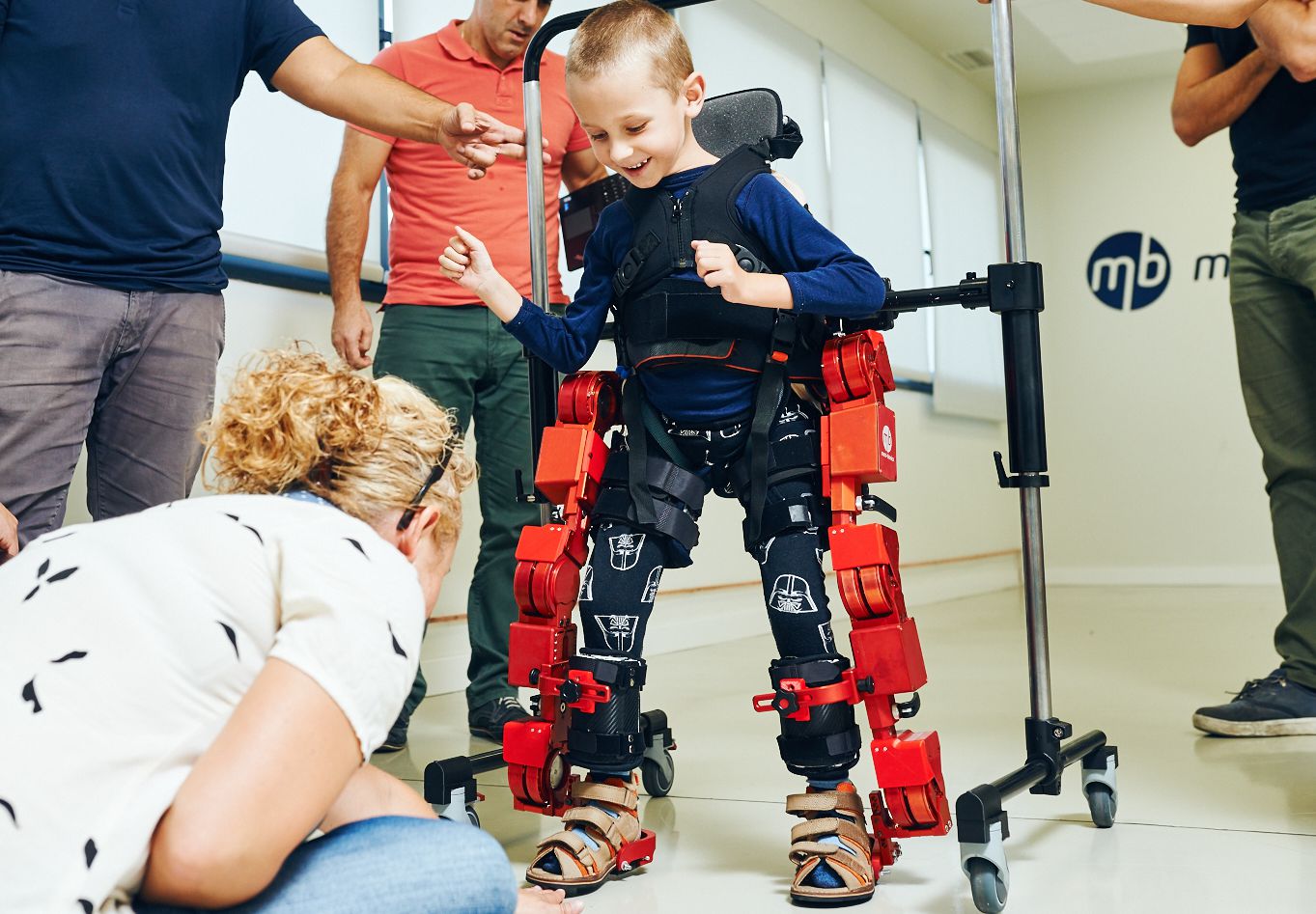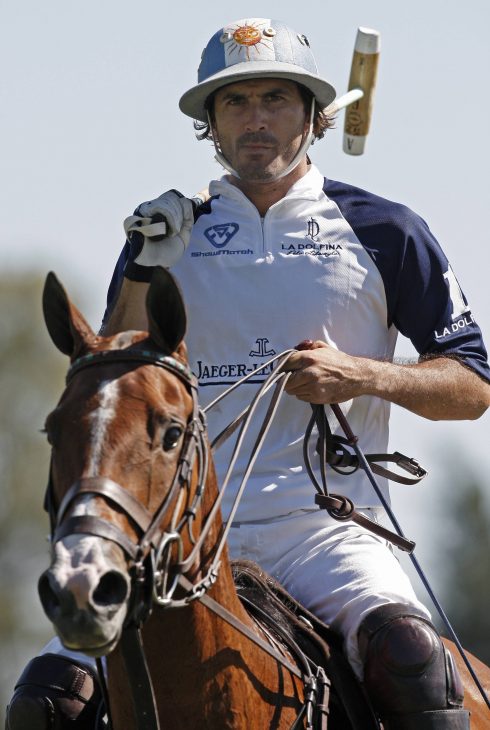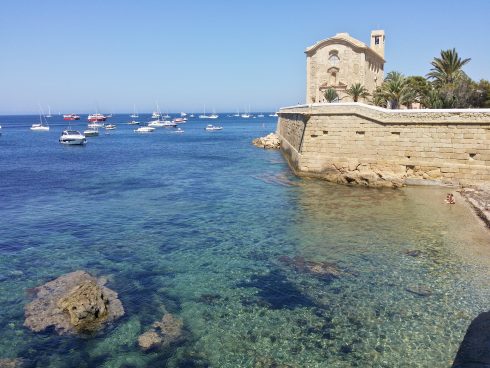MAKING a cup of tea, brushing teeth, going for a walk with a friend are everyday activities that we often take for granted.
But not everyone is so fortunate. Some people like Daniela, a seven-year-old girl left tetraplegic after a car accident, lives her life in a wheelchair, entirely dependent upon her carers.
That was, until Marsi Bionics came along.
In fact, it was Daniela’s condition that inspired this Madrid-based company to move into the health sector. The company initially worked in industrial robotics but when they saw the difference their products made to Daniela and her family’s lives, they decided to permanently transition into clinical robotics, in 2013.

The innovative company uses robotics to give children with neurological diseases such as cerebral palsy, muscular atrophy/dystrophy, and spinal cord injuries the opportunity to get back a little of their independence, to walk and play with their family, to participate in sports.
There are currently two products available: the Exoskeleton (used by Daniela), is a portable worn device that supports the wearer, letting them stand and walk; and the Active Knee Brace, a robotic orthosis to help the wearer with knee flexion. This is generally targeted at adults who have had a stroke, scoliosis, or mobility problems caused by age.
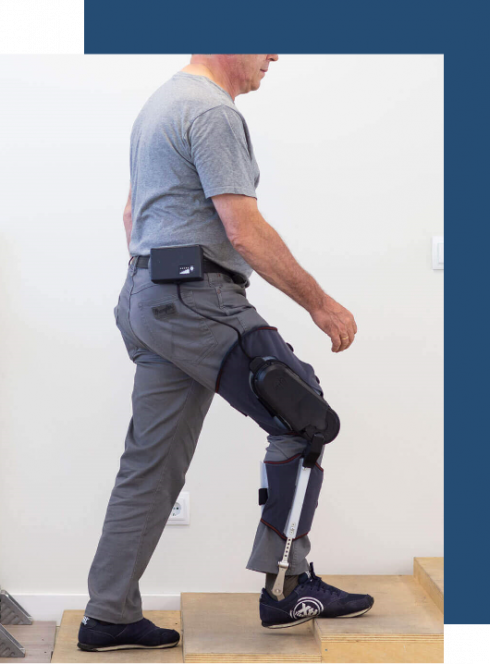
Not only do these products have incredible physical benefits, they also have a huge effect on mental health.
“These children live in their wheelchairs, so being able to stand up and see the world as we see it is a marvelous experience,” said Ignacio Barraque, co-founder of Marsi Bionics.
“Slowly, with our help, they can start to regain some autonomy, once again walking, playing and doing the little things for themselves.”
Of course, these groundbreaking pieces of kit do come with a price tag. An Exoskeleton costs €130,000 and the Active knee, €20,000. Though Barraque assures us these are just a third of the price of other brands on the market. Not to mention the fact that the average cost of health care for a child with a severe neurological disease could be close to €25,000 a year.
But what makes these products truly worth it is the new way of life they allow children to live. Barraque recounted that the feeling of seeing a child walk and ‘gain access to a whole new world’ is an ‘experience beyond words’; he believes that there is no greater feeling.
Making all of this possible is the dedicated team behind Marsi Bionics, of which Dr. Elena García Armada, the CEO and co-founder of Marsi Bionics, plays an essential role. She is one of the 10 most recognised and decorated scientists in Spain today and has seven patents in her name.
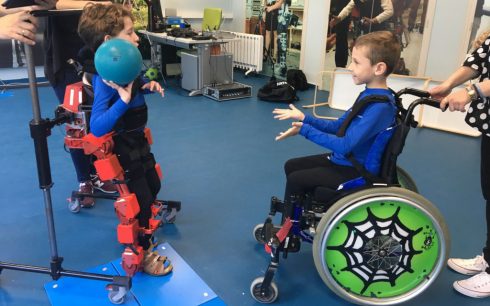
Armada and the rest of the team are working with hospitals all over Spain to make their products more readily available.
They have just opened their second round of crowdfunding, which they hope will allow them to take their company one step further, creating products for use at home (they are currently only available in hospitals) and distributing them all over the world.
Marsi Bionics is looking to enter the UK market in the near future and recently took its state of the art Exoskeleton to Gibraltar, giving disabled people the chance to try out the technology for themselves. Barraque said that the research these studies provide offer ‘valuable feedback from the English speaking community’.
Exoskeletons, such as these, could be the future for treating many neurological and age related diseases. We may be at the turning point for bionic technology, which is an awe inspiring thought. But for Barraque, just seeing ‘two sisters go for a stroll, hand in hand, for the first time’ is what makes it all worthwhile.
READ ALSO:
Britain’s newest aircraft carrier, HMS Prince of Wales, docks in Gibraltar

